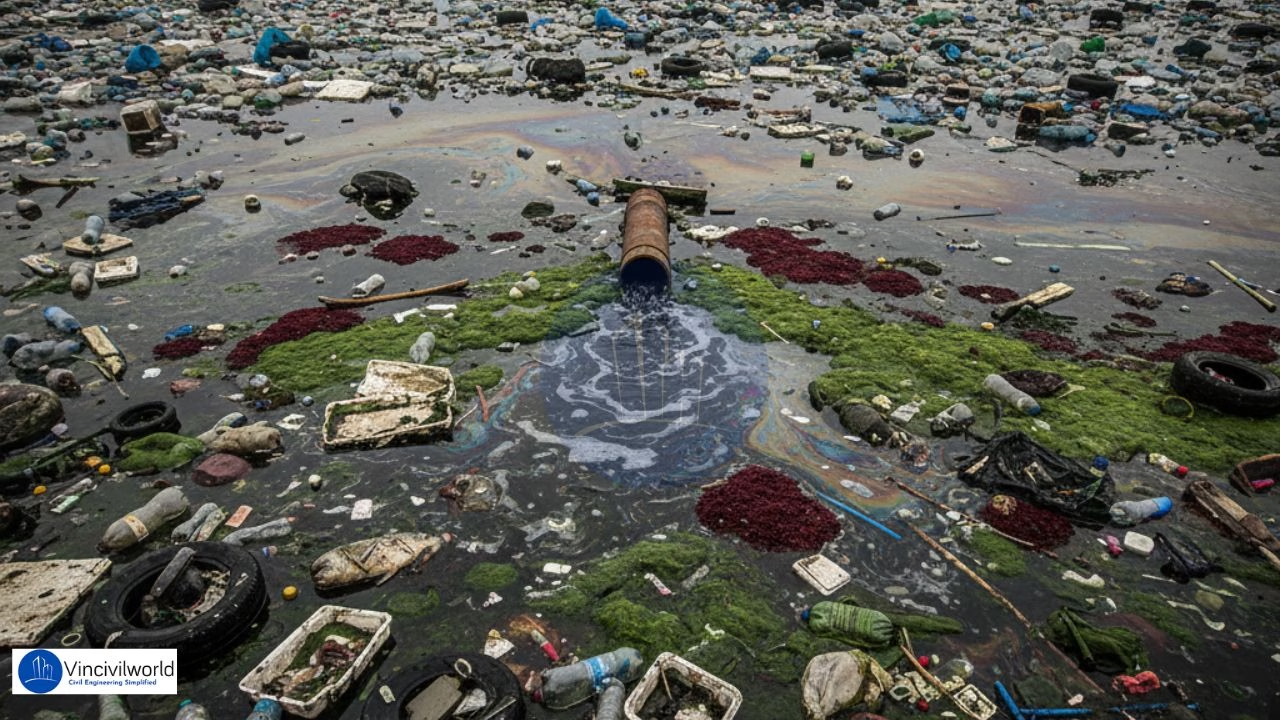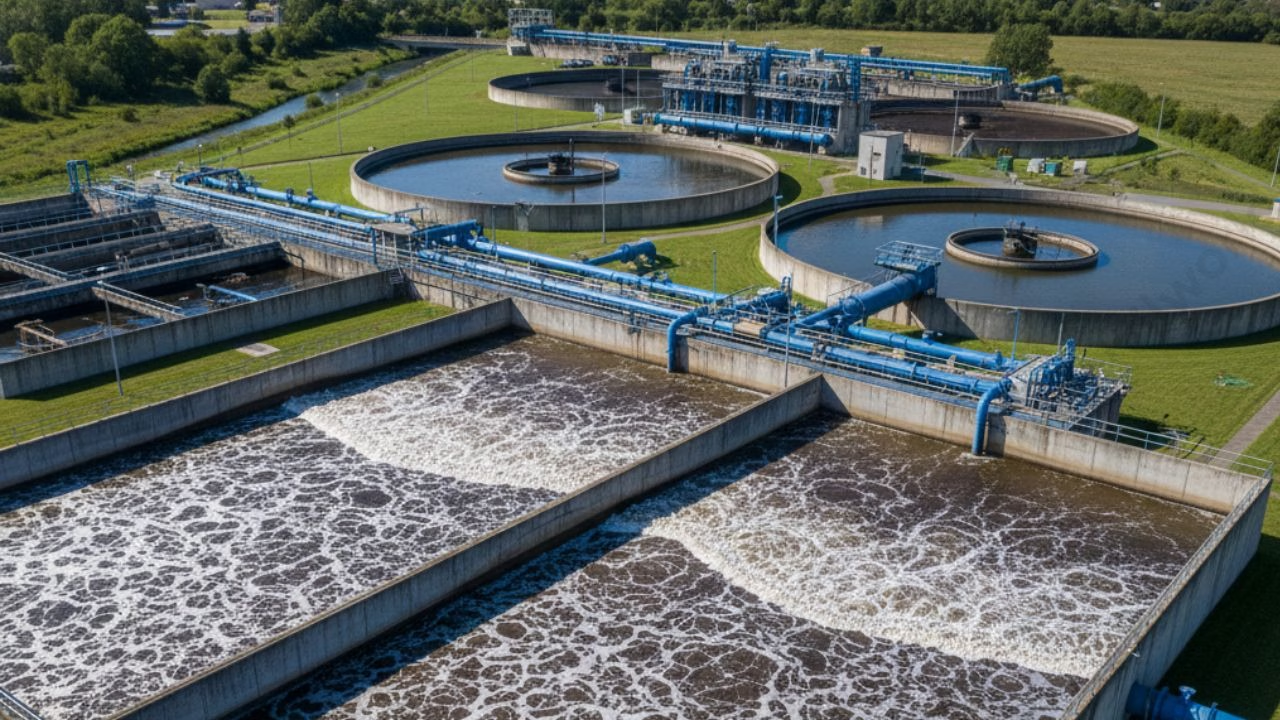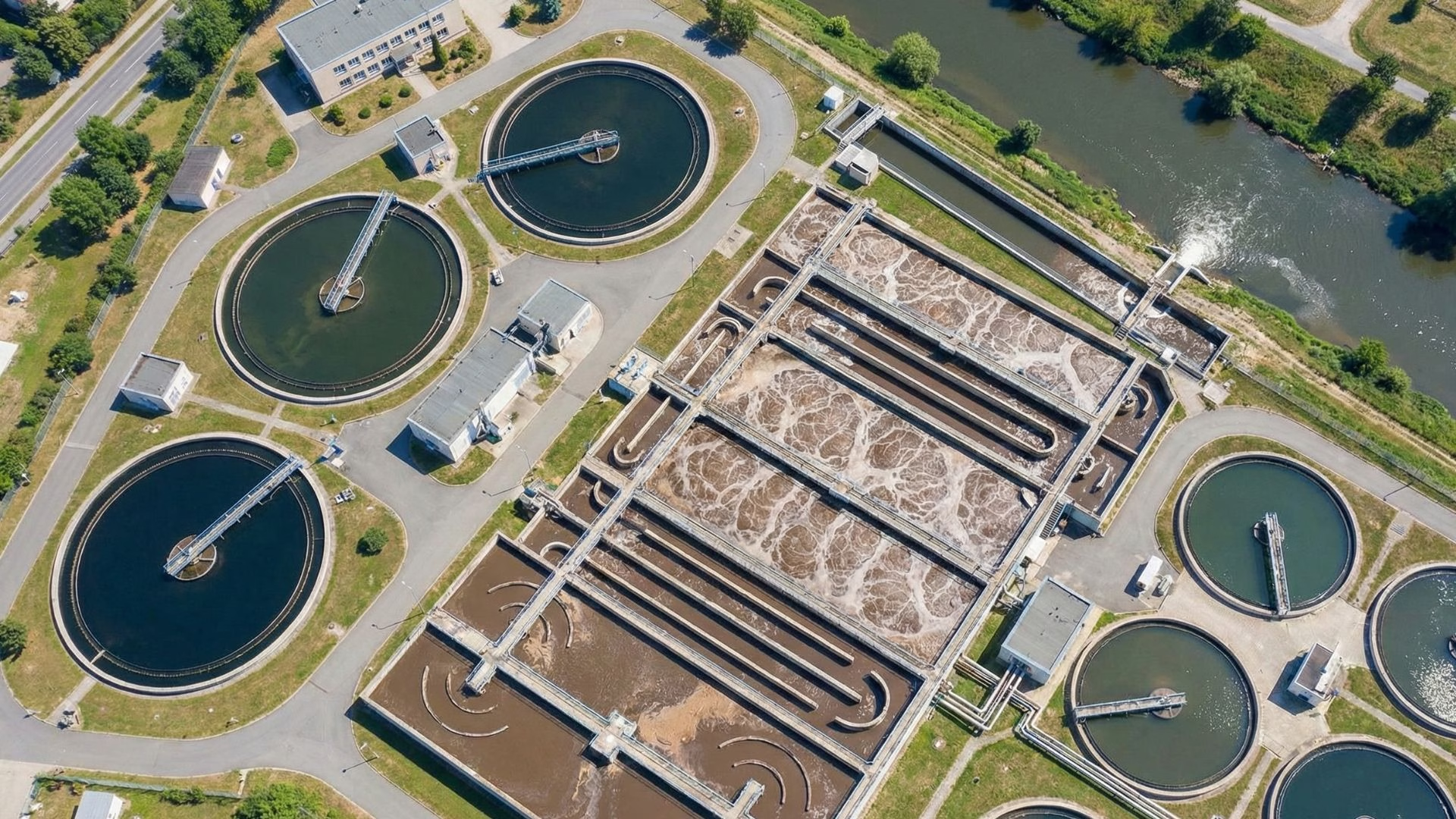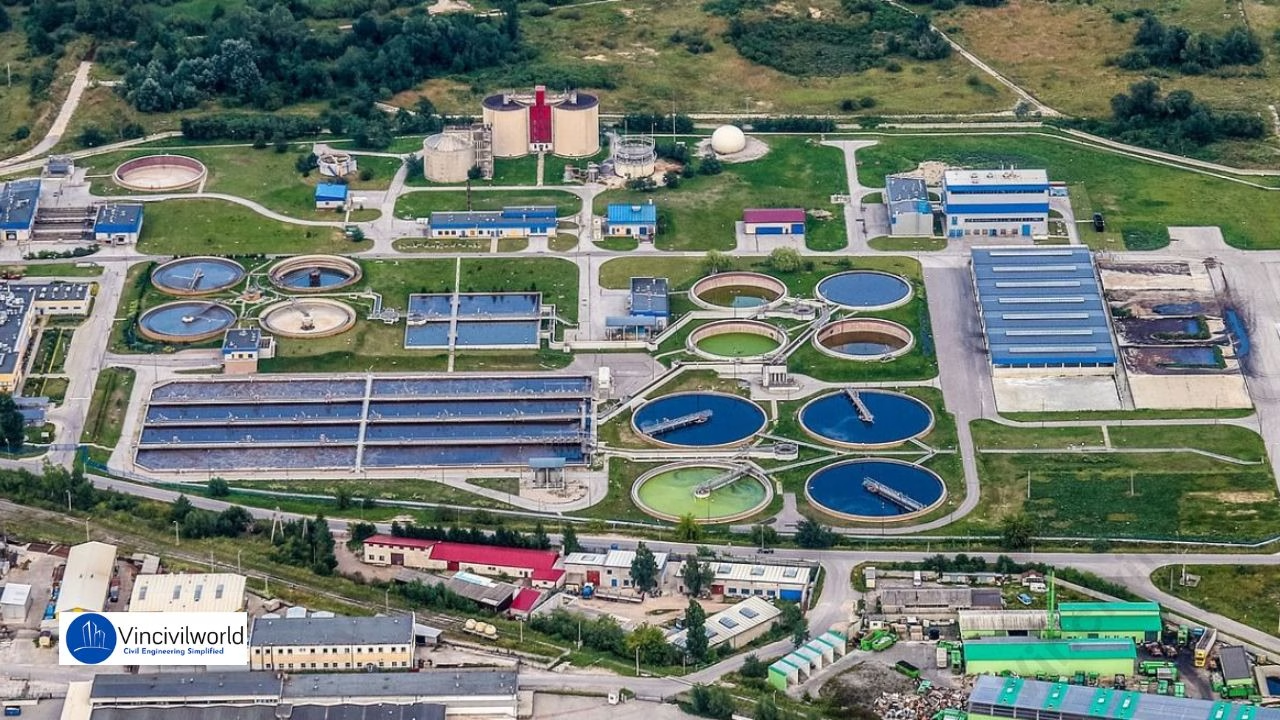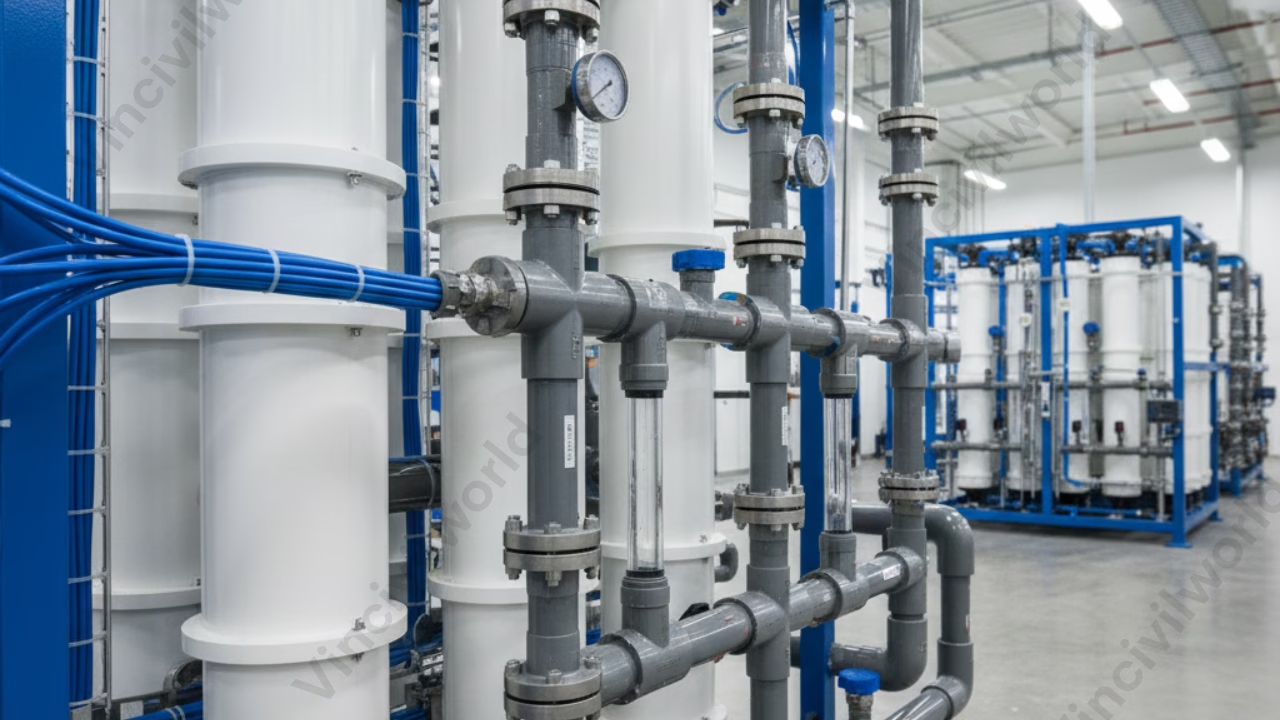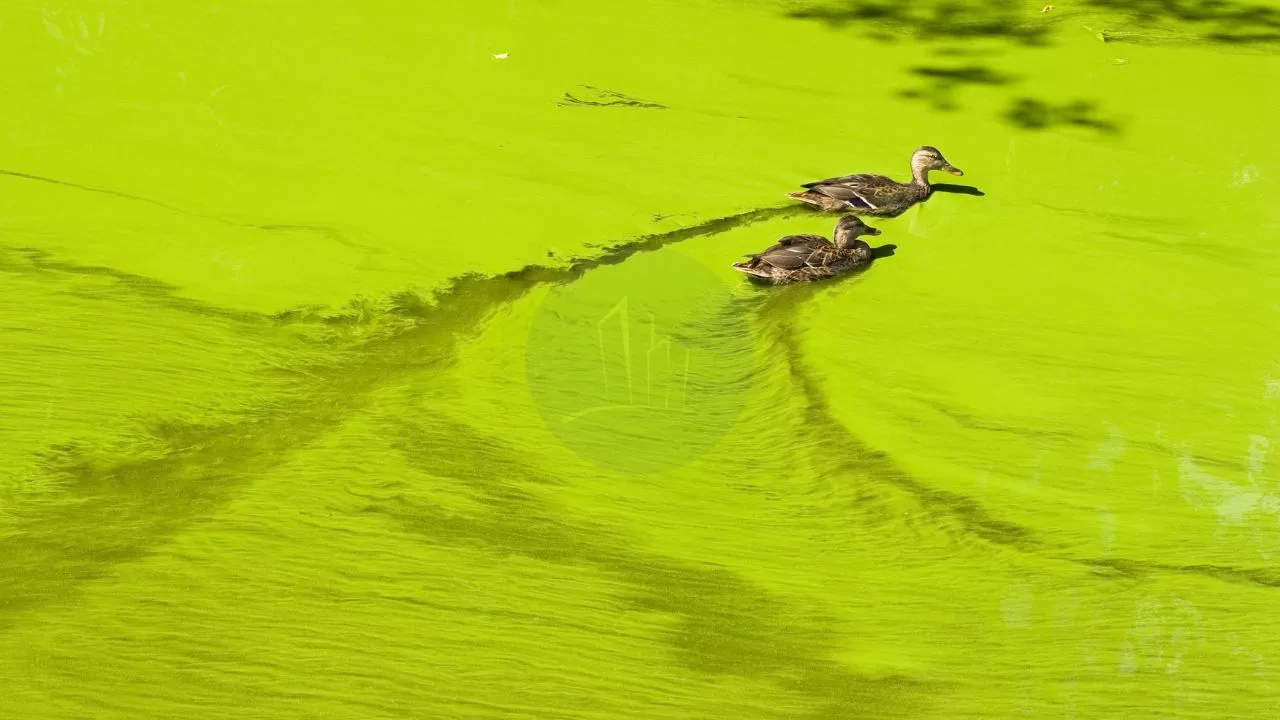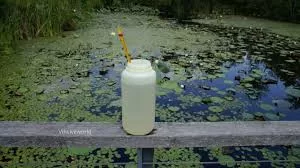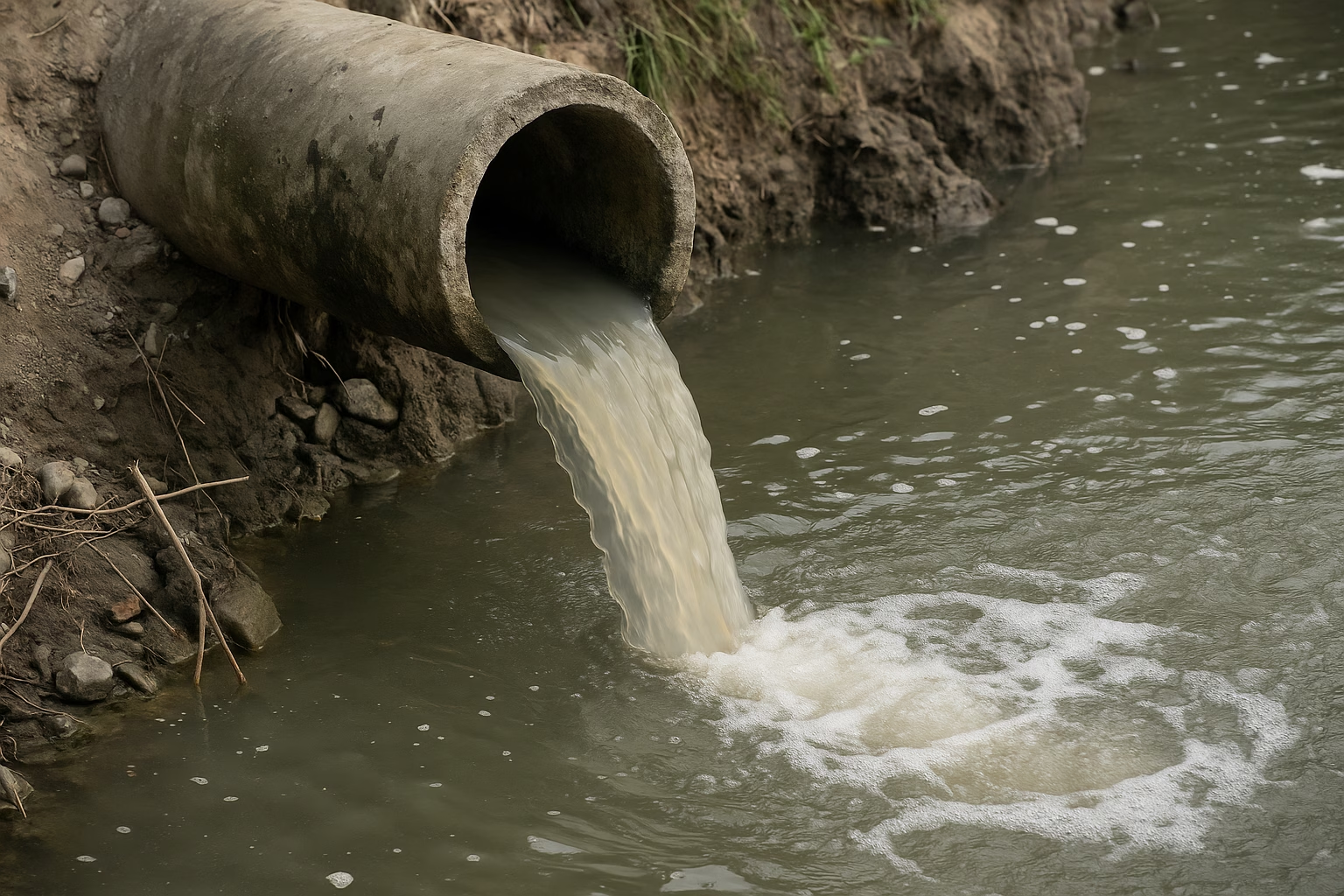What are Water Pollutants? – Definition, Sources and Types
Water Pollutants kill more people every year than from all forms of violence including war, according to the UNDESA. Every day, 2 million tons of sewage, industrial, and agricultural waste reaches water bodies all over the world. With the growth of the human population, industrial and agricultural activities the hydrological cycle got disrupted. As a result, declining water quality has become a global issue of concern.

